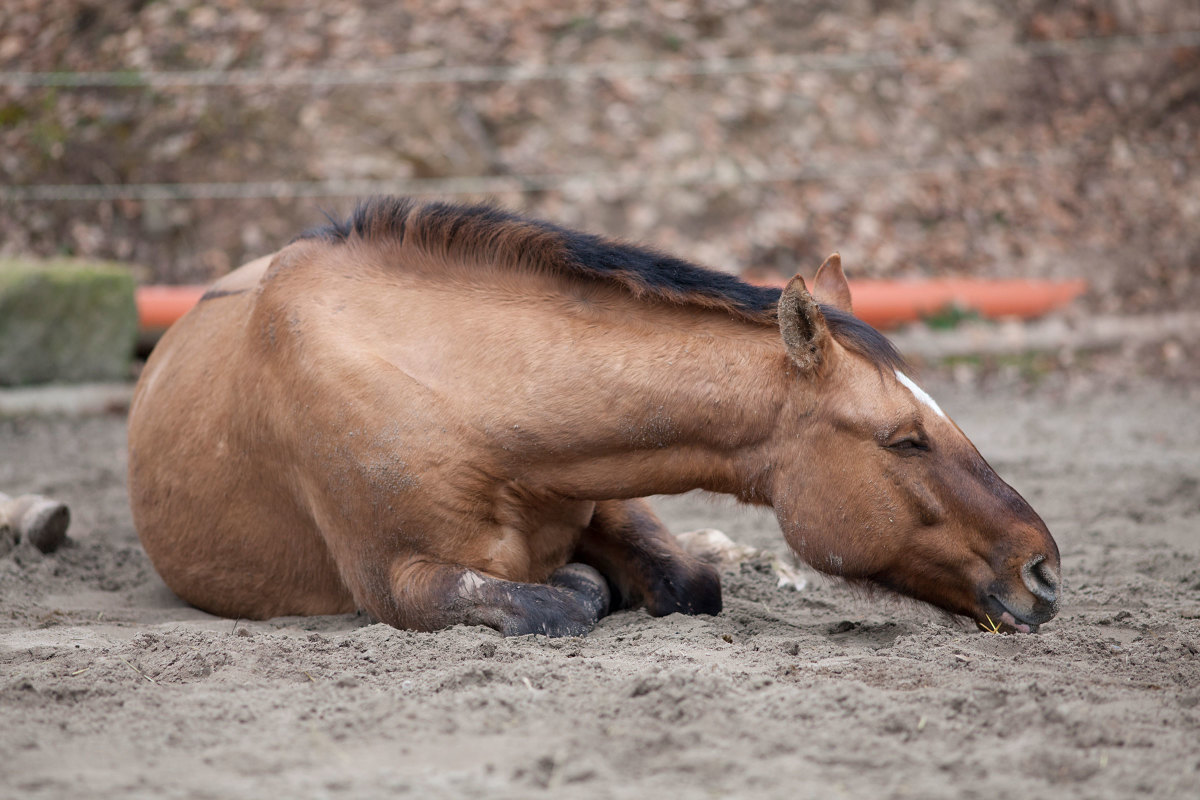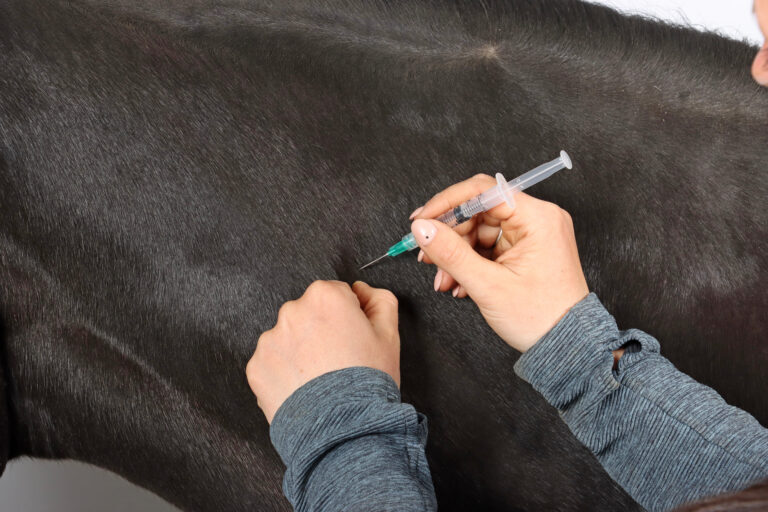
A Russian-German collaborative study sought to determine predictors of survival for horses with acute diarrhea upon admittance to an equine hospital. The concern is that the “high mortality and expense of treatment associated with colitis” make it practical to identify horse patients with a poor prognosis for survival [Kovač, M.; Huskamp, B.; Scheidemann, W.; Toth, J.; and Tambur, Z. Survival and evaluation of clinical and laboratory variables as prognostic indicators in horses hospitalized with acute diarrhea: 342 cases (1995-2015). Acta Veterinaria-Beograd 2017, 67 (3), 356-365].
Parameters evaluated at admittance to an equine hospital included:
- rectal temperature
- heart and respiratory rates
- hematocrit
- total plasma protein
- leucocyte count
- blood gas analysis—blood pH, base excess and bicarbonate concentration.
This information was correlated with each horse’s signalment and the duration of time between the start of diarrhea symptoms and beginning of medical treatment.
The study reported a mortality rate of nearly 42%: “Of 342 horses with colitis, 199 survived and 143 did not survive.” Etiology of the colitis was ascribed to Salmonella, Clostridium and/or Colitis X, and post-antimicrobial therapy. However, in 23% of cases, no specific etiology was identified.
Poor prognosis for survival correlated with colic signs, gastric reflux, watery-bloody diarrhea and inappetence. If treatment was begun 24 hours after initial colitis symptoms, then the survival rate decreased.
The authors commented that the time interval from initial symptoms to administration of intensive care is important to thwart the development of irreversible endotoxic shock; even just few hours of delay can make a difference in survival rate.
The most striking parameter that differed between survived and deceased horses was the heart rate. Those that did not survive entered the equine hospitals with heart rates averaging 80 bpm, while those that survived had heart rates averaging 63 bpm.
One relevant sign of endotoxic shock is serious dehydration accompanied by an elevated hematocrit. Of all laboratory parameters examined, the most prognostic indicator was the hematocrit—horses that died averaged 58%, whereas horses that survived averaged 45%.
The study further noted that if plasma total protein values continuously dropped and the hematocrit persisted at a high level despite intensive care, the horse had a poor prognosis.
Metabolic acidosis also occurred with endotoxic shock, and the researchers corroborated a direct correlation between blood acidosis and survival. Further, a lack of improvement and/or worsening of symptoms over the first two to three days of treatment represent a poor prognosis.




